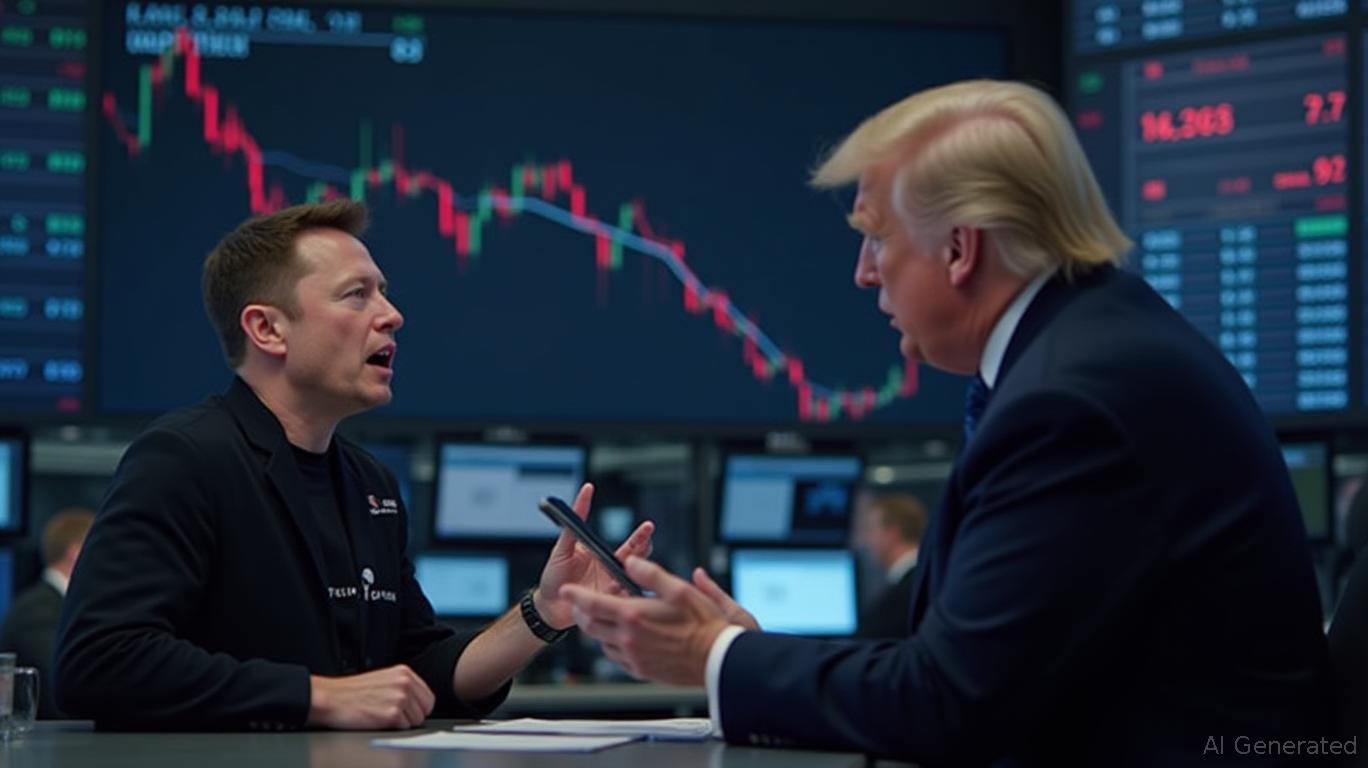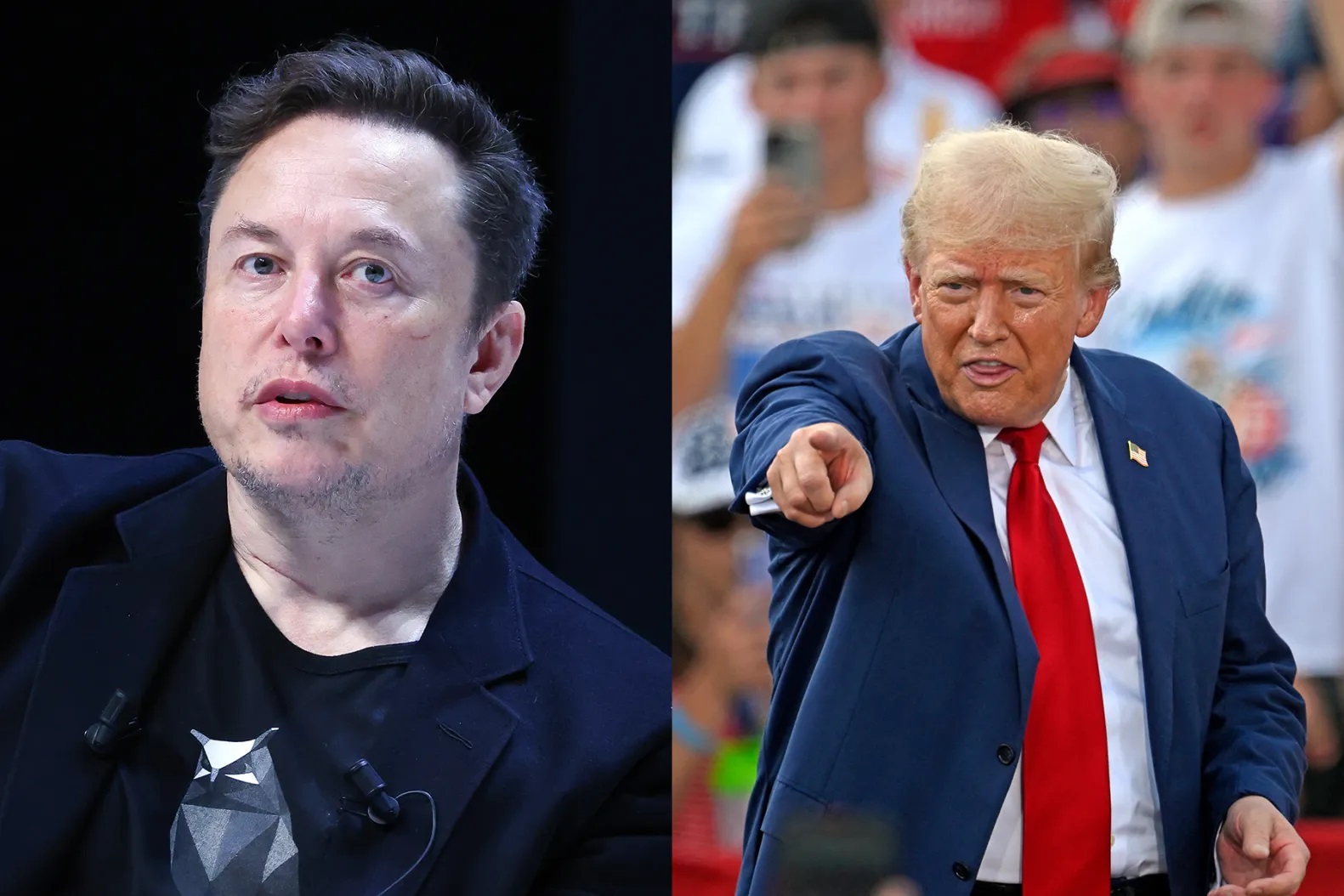UBS Navigates Integration Challenges in Q1, Core Businesses Show Resilience Amid Declines
UBS Group reported a 10% year-on-year (YoY) decline in its reported profit before tax (PBT) to USD 2.1 billion for Q1 2025, with net profit falling to USD 1.7 billion. While these figures signal ongoing headwinds from the integration of Credit Suisse and macroeconomic uncertainty, the Swiss banking giant demonstrated resilience in its core divisions, cost discipline, and a commitment to capital returns.
Ask Aime: "UBS profit down, but core strong, cost under control."
Financial Performance: A Mixed Start to 2025
Total reported revenues dipped 1% YoY to USD 12.56 billion, driven by a 72% YoY collapse in revenues from the Non-core and Legacy (NCL) division—a deliberate strategy to wind down risky assets inherited from Credit Suisse. Underlying revenues, which exclude NCL, fell slightly to USD 11.90 billion but masked a 6% YoY increase in core businesses. Operating expenses rose 1% YoY to USD 10.32 billion (reported), though underlying costs dropped to USD 9.22 billion, reflecting progress toward the USD 13 billion cumulative cost-savings target.
Ask Aime: How can I analyze UBS Group's financial performance?

Divisional Strengths Offset Integration Pressures
Global Wealth Management (GWM) emerged as a standout performer, posting a 21% YoY rise in underlying PBT to USD 1.55 billion. Net new assets of USD 32 billion (including USD 27 billion in fee-generating assets) underscored strong client retention and growth, particularly in the Americas and Asia-Pacific. GWM’s invested assets grew 5% YoY to USD 6.2 trillion, a critical metric for fee-based revenue streams.
The Investment Bank delivered record results in Global Markets, with revenue surging 32% YoY to USD 2.5 billion, fueled by equities and foreign exchange (FX) trading. Advisory revenue also climbed 17% YoY, benefiting from robust M&A activity in Asia-Pacific.
Ask Aime: "Is UBS's resilient core outperforming the market turmoil?"
In contrast, Asset Management faced a 4% drop in total revenues but still posted a 15% YoY increase in PBT to USD 208 million, aided by cost controls and net inflows of USD 7 billion. Meanwhile, Personal & Corporate Banking (Switzerland) struggled with net deposit outflows of CHF 2.9 billion, a reflection of competitive pressures and uncertain macro conditions.
Integration Progress and Capital Fortitude
UBS continues to make strides in integrating Credit Suisse’s operations. The NCL division reduced risk-weighted assets (RWA) by USD 7 billion quarter-on-quarter to USD 34 billion, with 74% of legacy books closed since Q2 2023. In Switzerland, 95 former Credit Suisse branches were merged into UBS’s network, and client account migrations are slated for Q2.
Capital metrics remained robust: the CET1 ratio stood at 14.3%, comfortably above the 14% target, and the CET1 leverage ratio improved to 4.4%. Loan quality remains high, with 93% of loans collateralized and mortgages (57% of the loan book) at an average loan-to-value (LTV) of 50%.
Strategic Priorities and Outlook
Management reaffirmed 2025 targets, including USD 2.5 billion in share buybacks and a 10% YoY dividend per share increase. Looking further ahead, UBS aims to grow GWM invested assets to over USD 5 trillion by 2028 and achieve a 15% underlying return on CET1 capital by 2026.
Technology investments, such as rolling out 50,000 Microsoft Copilot licenses and expanding its proprietary AI tool “Red,” highlight efforts to enhance efficiency and client service. Strategic partnerships, including a joint venture with India’s 360 ONE, signal a focus on high-growth markets.
Risks and Opportunities
Despite these positives, challenges linger. Macroeconomic volatility, trade tensions, and net interest margin (NIM) pressures in GWM and Swiss banking could weigh on near-term performance. Integration costs are expected to total USD 1.1 billion in Q2, though pull-to-par gains (~USD 0.6 billion) and a zero effective tax rate may partially offset these expenses.
Conclusion: Positioning for Long-Term Growth
UBS’s Q1 results reveal a bank navigating short-term turbulence while laying groundwork for sustained success. Core divisions like GWM and Investment Banking exhibited strength, while cost discipline and capital returns align with investor expectations. The CET1 ratio and deleveraging of NCL assets reinforce balance sheet resilience.
With cumulative cost savings reaching USD 8.4 billion (65% of target) and strategic initiatives like AI adoption and market expansion gaining traction, UBS appears well-positioned to capitalize on its scale and diversification. While near-term headwinds persist, the bank’s focus on fee-based revenue streams, cost efficiency, and capital discipline suggests it is building a foundation to outperform in a low-growth environment. For investors, UBS’s ability to execute its 2026 targets—15% underlying RoCET1 and USD 5 trillion in GWM assets—will be key metrics to watch, alongside its progress in integrating legacy operations without sacrificing profitability.


_ed38e36c1749214633312.jpeg)







I made over 150k here with an expert’s help and recommendation 🤗
She’s great connect 🇺🇸+.𝟣𝟧𝟨𝟥𝟤𝟩𝟫𝟪𝟦𝟪𝟩